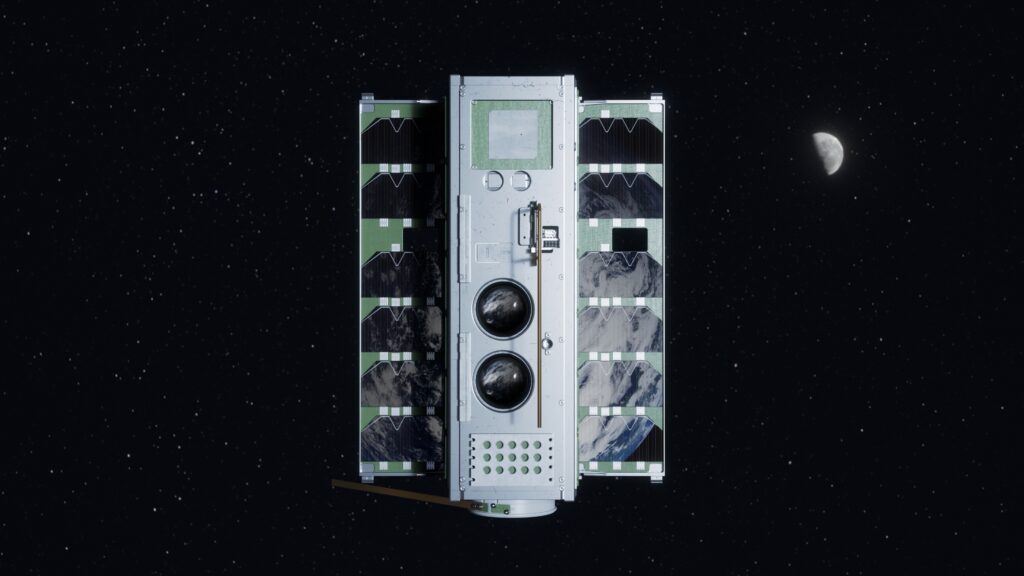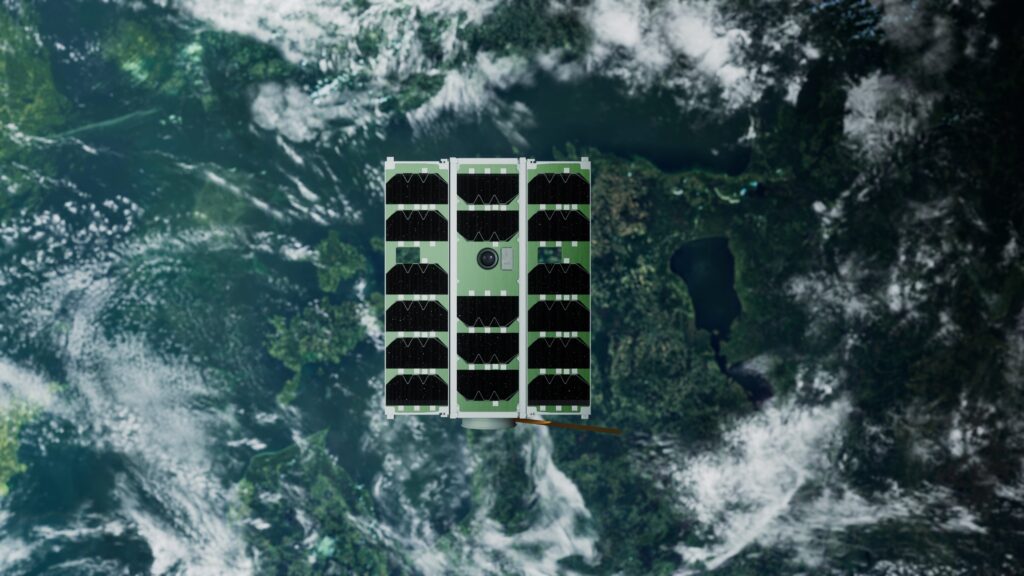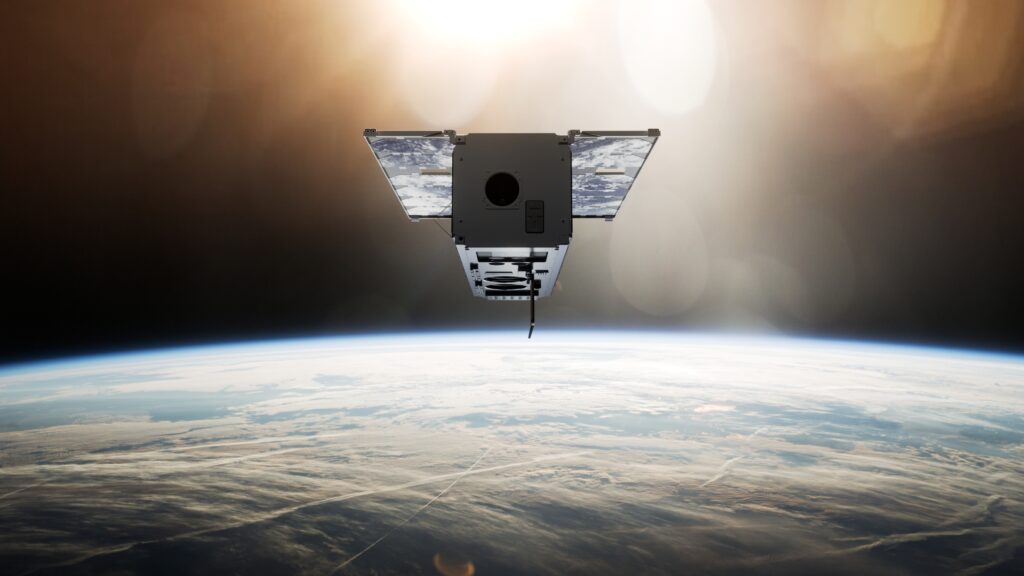An Estonian student satellite, called ESTCube-2, was on 9 October transported to orbit onboard the European Space Agency’s Vega launcher.
The Vega launcher, carrying 10 satellites, including the Estonian ESTCube-2 student satellite, took off towards the orbit from French Guiana at 4:36 AM on 9 October. Researchers at the Tartu Observatory of the University of Tartu were up all night in anticipation of the launch and connected to the launch location via video bridge, BNS reported.
Developed by space enthusiasts and students
Satellite ESTCube-2 is the successor of the first Estonian satellite, ESCube-1, which was launched into space in 2013 and performed a two-year mission in orbit; the successful launch of the ESTCube-1 made Estonia a space nation.
ESTCube-2 was developed by volunteer space enthusiasts and students, mainly from the University of Tartu with the supervision and laboratories provided by Tartu Observatory. Their wish is to take Estonian space tech onto the world stage, with an aim to develop, build and launch scientific nanosatellite missions. The ESTCube-2 team also aims to promote and popularise science in schools and among the wider public.

A three-unit ESTCube-2 satellite consists of three 10 x 10 x 10-centimetre cubes, each weighing 1.33 kilograms, so-called “units” – so the entire satellite is 30 centimetres long and weighs 4,5 kilograms. The satellite’s avionics module, platform and experiments’ integration were developed by the ESTCube-2 team and the scientific experiments on board were developed by partnering organisations.
Helping to mitigate space debris
The satellite’s mission is to test technologies that will help solve several problems connected with space exploration. The primary payload on ESTCube-2 is the plasma brake experiment, which was developed by the Finnish Meteorological Institute and will help mitigate space debris, which has been piling up on the Earth Low Orbit. The plasma brake technology is similar to the electric sail – it is one and the same device but can be used as a brake in the Earth ionosphere, and as a sail in the solar wind.
In addition to the plasma brake experiment, there are other payloads on board of the satellite, such as two Earth observation cameras and materials corrosion testing in space.

Marja-Liisa Plats, head of communications of the Tartu Observatory, told BNS that ESTCube-2 orbits the Earth 14 times per day, but eight to ten of them are over Estonia. At these times, there is a window of time of about seven minutes for scientists to capture the signal.

